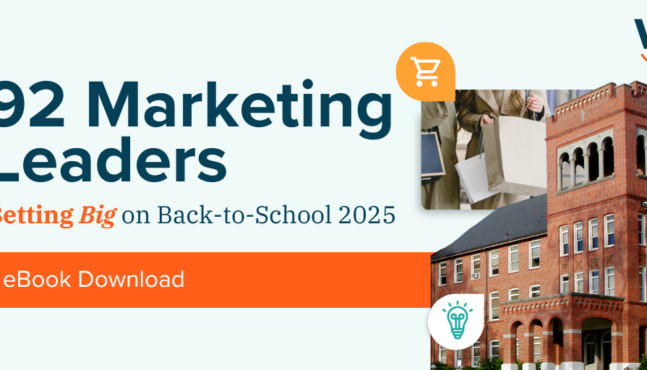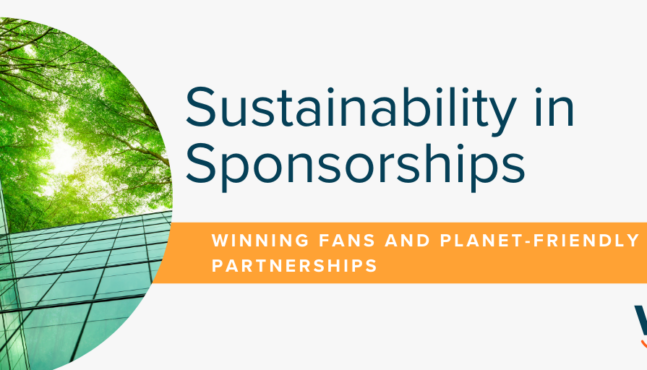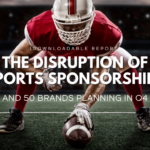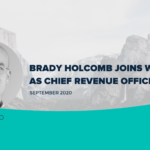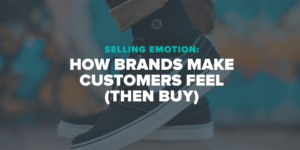
Selling Emotion: How Brands Make Customers Feel (Then Buy)
I’m Nike loyal and didn’t even know it. I’ve taken up running during the pandemic to get out some energy after a long work-from-home day. Recently, I bought new running shoes and documented the occasion with a picture to the group chat. A friend pointed out that I was decked out in Nike gear. Literally my hat down to my socks (as well as the app I use to track my runs) was branded with their famous swoosh.
This wasn’t a conscious choice. I never decided to only buy Nike, but upon further soul searching, I realized, they’re selling emotion and I buy their products because I like their message. I want to “Dream Crazy” with Colin Kapernick, “Write the Future” with Cristiano Ronaldo, and be “Better” with Kobe Bryant. Their products aren’t different than their competitors’ — they’re all similar price, quality, and style — but Nike still stands out.
Those of us in the industry love to say that the best marketing makes you feel something. It’s an emotional response that doesn’t have anything to do with the ad spend, time slots, or impression data. If you watch the three videos linked above, not one of them pushes a product. We aren’t told to buy a certain shoe or even shown merchandise. Instead, Nike’s playing the long game, relying on the same dopamine hit to appear the next time you shop for basketball shorts.
And they aren’t the only ones selling emotion.
Research on advertising shows that the emotional response to an ad influences consumers’ intention to buy more than the ad’s content itself.
Apple may be the perfect example of a company that utilizes emotion to create a connection with consumers (and brand loyalty over time). Their aesthetic is simple and clean, pushing an aspirational lifestyle and the desire to feel included.
While emotions draw us in, storytelling keeps us engaged.
Emotionally-charged storytelling creates a rush of dopamine in the brain, which is linked to memory. The Ted talk “Storytelling, Psychology and Neuroscience” by Amanda D’Annucci, discusses how storytelling engages the entire brain. Brands leverage this advertising strategy to make an emotional and psychological impact. Then, when consumers remember a story, they’re also remembering a brand.
Storytelling is a popular advertising strategy during the Olympics. While the Tokyo games have been postponed until summer 2021, we recently saw this phenomenon during the 2016 Rio Olympics. During the games, the most popular ads utilized emotion and universal experiences to establish connection with viewers. Advertisers included:
- Gillette: Perfect Isn’t Pretty showed athletes’ personal and professional struggles that shaped their strong characters.
- PG&E: Thank You, Mom – Strong was a series of stories from different athletes showing their mothers protecting them in dangerous or traumatic situations. Then, how they overcame those obstacles to become the best athletes in the world. These personal struggle and protection themes are universal and touch a nerve with viewers.
- Gatorade: Lastly, The Boy Who Learned To Fly was an animated short film about Usain Bolt’s life and connection to his mother. The ad transports the viewer back to Bolt’s childhood and evolution into an Olympic athlete, selling emotion with Usain and in turn, Gatorade.

